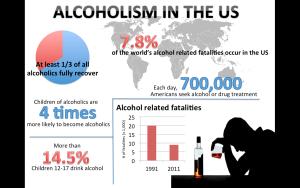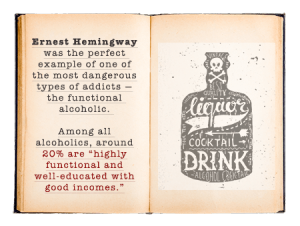Common areas you experience the diagnosis:
Shoulder bursae
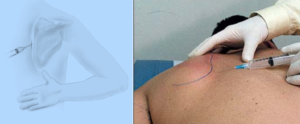
Elbow bursae
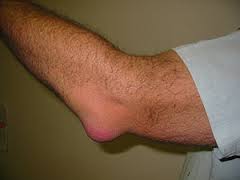
Hip & Back bursae
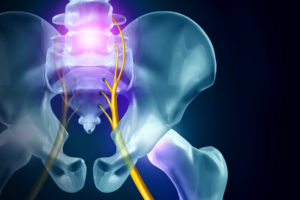
Knee Bursae

What bursitis is?
Bursitis (bur-SY-tis) is a painful condition that affects the small, fluid-filled sacs — called bursae (bur-SEE) — that cushion the bones, tendons and muscles near your joints. Bursitis occurs when bursae become inflamed.
The most common locations for bursitis:
1 – The shoulder 2 – The elbow and 3 – The hip.
4 – But know you can also have bursitis by your knee, heel and the base of your big toe. Bursitis often occurs near joints that perform frequent repetitive motion.
The signs and symptoms of bursitis:
1 – Feel achy or stiff
2 – Hurt more when you move it or press on it
3 – The site affected looks swollen and red
When to see a Doctor:
Consult your doctor if you have:
- Disabling joint pain
- Pain for more than one to two weeks
- Excessive swelling, redness, bruising or a rash in the affected area
- Sharp or shooting pain, especially when you exercise or exert yourself
- A fever going to a systemic infection from localized where the bursitis is probably.
The most common causes of bursitis:
1 – The causes are repetitive motions or positions that irritate the bursae around a joint.
Examples include:
- Throwing a baseball or lifting something over your head repeatedly
- Leaning on your elbows for long periods
- Extensive kneeling for tasks such as laying carpet or scrubbing floors
- Prolonged sitting, particularly on hard surfaces
2 – Injury or trauma to the affected area
3 – Inflammatory arthritis such as rheumatoid arthritis or gout, and even infection.
Anyone can develop bursitis, but certain factors may increase your risk.
Risk Factors for bursitis:
1 – Age. The occurrence of bursitis becomes more common with aging. Why the more wear and tear to the area and repetitively injuring or trauma or inflammation for what ever reason to the site. Just like a car more the more wear and tear to the car the more work needs to be done to it.
2 – Occupations or hobbies.
If your work or hobby requires repetitive motion or pressures on particular bursae, your risk of developing burisitis increases (take baseball especially a pitcher for 10 plus years playing as opposed to one year playing again there is more wear and tear to the older pitcher so higher potential for the older pitcher to get bursitis but not in all cases. Today for some pitchers they throw 100 mph or more which you see at times the young one injured before as opposed to the older one throwing only at 80 mph or less more often depending on the player. Look how many times in a year a pitcher is thrown out for the season due to an injury to the arm or shoulder for that reason.
Examples in your job could also include carpet laying, tile setting, gardening, painting and even playing a certain instrument for types of bands or orchestras.
Examples of hobbies that could cause bursitis is sports like baseball and certain instruments already mentioned especially for how many times you play it a year and how repetitive in how much time a session or game. Other hobbies could computer playing doing long time sitting to the hip or typing with the elbows leaning, etc…
So be more mindful of repetitive motions you may do at work or out of work.
3 – Other medical conditions. Certain systemic diseases and conditions — such as rheumatoid arthritis, gout and diabetes — increase your risk of developing bursitis.
Revised 4/02/24 by Elizabeth Lynch RN BSN




